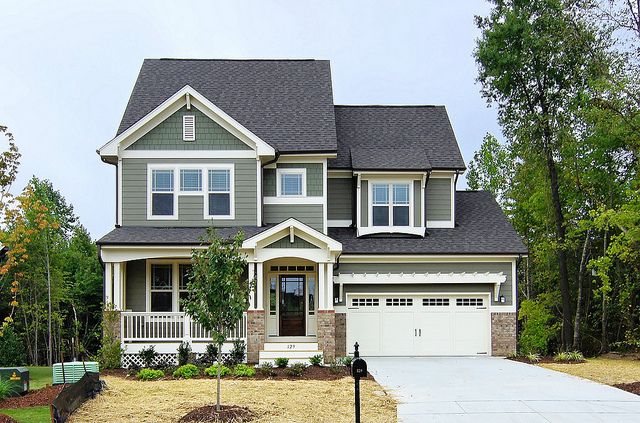Related Article: Alton, Caledon, Ontario, Canada
Albion, Caledon Ontario – Real Estate Information
Albion, Ontario is a rural community in the former Albion Township. The small town contains several heritage buildings and churches that date back to its early days as a village. There are also many large farms that grow corn or soybeans for cattle feed or crops such as wheat and oats which have been grown there since pioneer times when settlers first arrived from Europe during 1820s-1830s.
Today, Albion’s primary employer is an industrial hog farm operated by HyLife Farms Canada located on Highway 50 between County Road 20 (formerly Provincial Highway 130) and 19th Sideroad North where it employs more than 150 people.
The Albion Fair takes place there every summer and features all kinds of events such as demolition derby, tractor pulls and many more fun activities for families to enjoy together. Learn more about the best realtors in Caledon Ontario .

-
Albion, Caledon Ontario Prime Location
Albion is a small community in the municipality of Caledon, Ontario. The name Albion was inspired by its English namesake and it was settled originally as part of York County. Its history dates back to 1820 when the Queen’s Rangers were granted land there following their service during the War of 1812. In addition to farming, many early settlers worked at extracting stone from quarries in what became known as “the Quarry” which also produced lime for building projects throughout northern Toronto Township (today’s Peel Region).
In recognition that this town would serve primarily agricultural communities within its boundaries and surrounding areas, Peter Robertson laid out lots into farm-size parcels along both sides of Creditview Road in 1861. This area came to be known as the Robertson Addition.
The first school was built in 1837 and Albion Corners became a postal village with its own post office which opened on March 15, 1860. The Town of Caledon amalgamated with Albion Township (which included parts of Chinguacousy Gore) to form an expanded municipality now named after itself. It is primarily residential area surrounded by farms and woodlots to this day.


